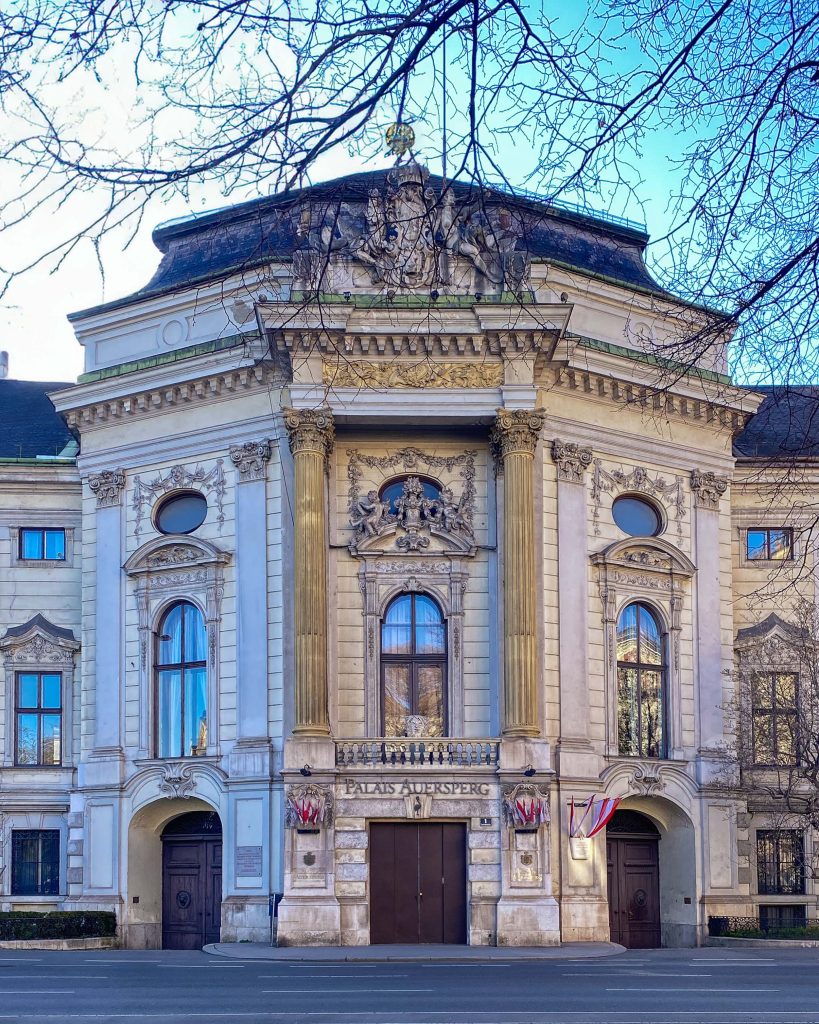Bisamberg Elisabethheight
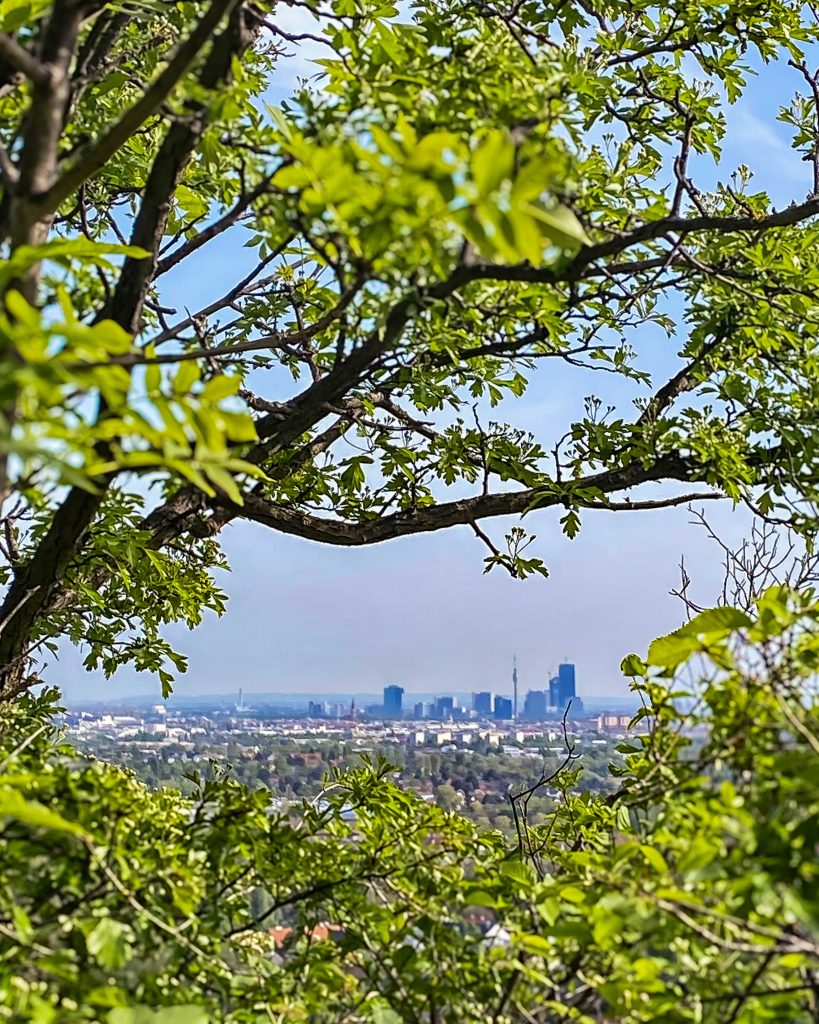
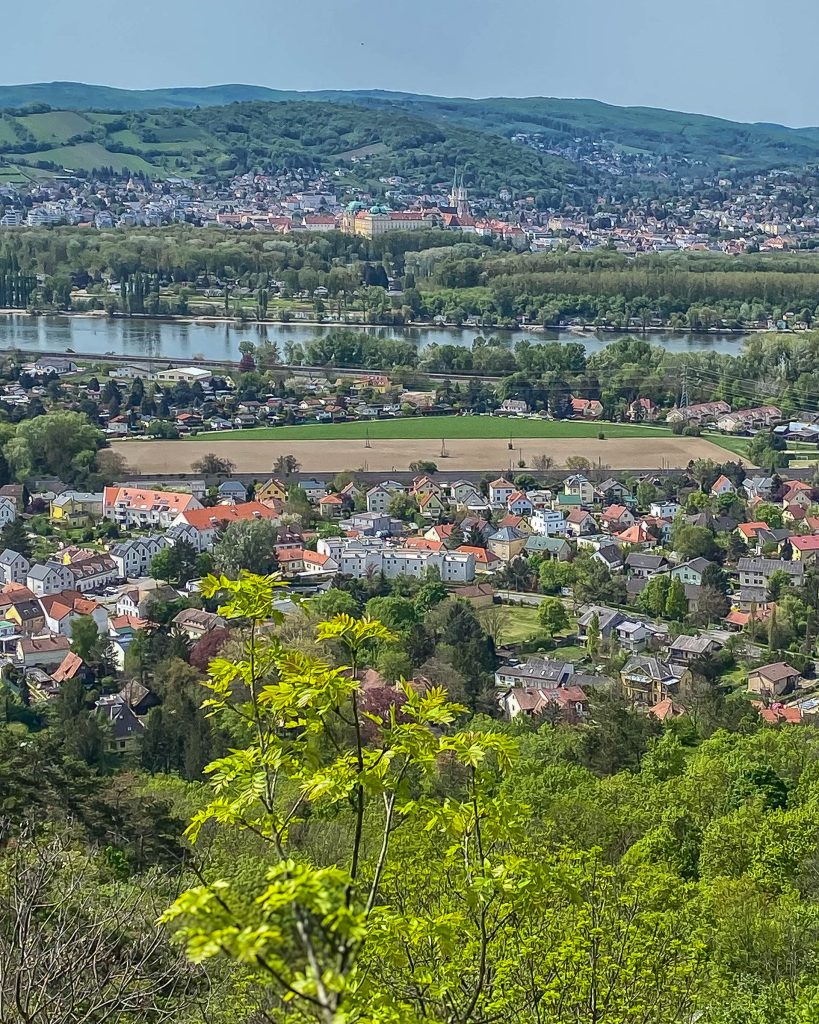
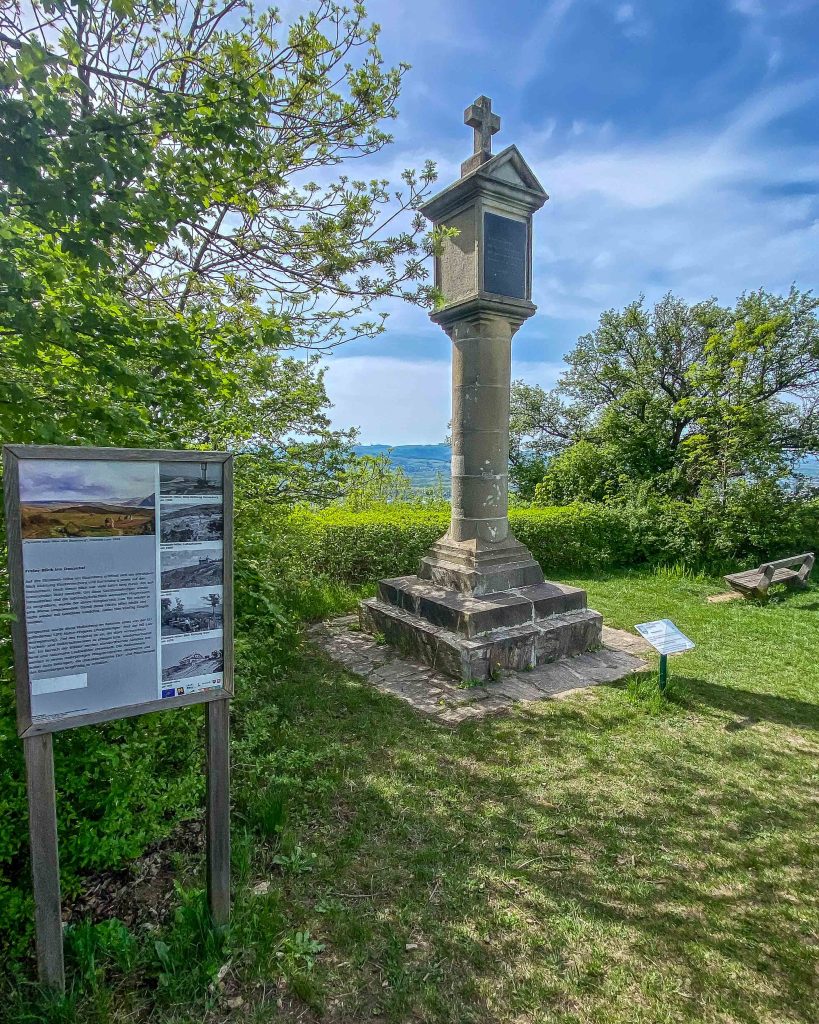
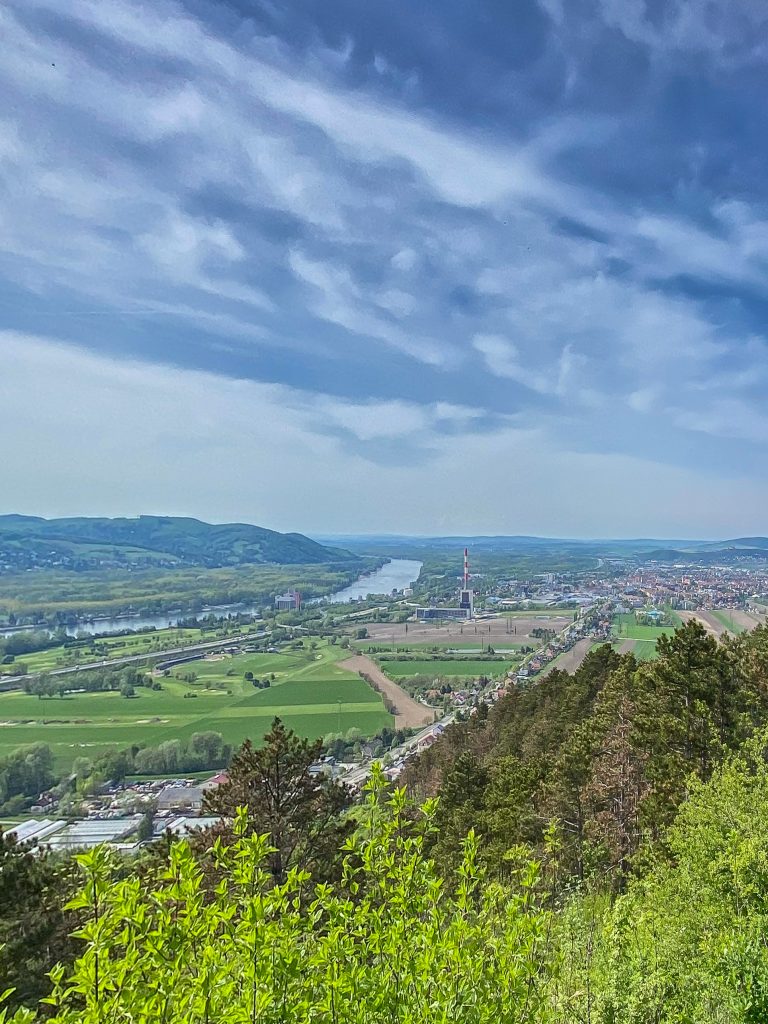
The foothills of the 358-meter-high Bisamberg extend northwest of the municipality of the same name in Lower Austria to Floridsdorf. A panoramic view shows the city area to the south, Klosterneuburg Abbey and Leopoldsberg to the west, which together with the Bisamberg form the so-called Vienna Gate, a breakthrough of the Danube into the Vienna Basin.
At the highest point of the mountain, which is largely under landscape protection and easily accessible via city hiking trail 5, stands the Elisabeth Column in memory of Empress Elisabeth, who was murdered a year earlier.
The area was already fortified under the Habsburgs, but did not play an important military role in the wars of the 19th and 20th centuries. Bisamberg is also known for its biodiversity and rare plant species. Around 730 butterfly and 400 bee species also demonstrate the remarkable diversity on the outskirts of the city.
